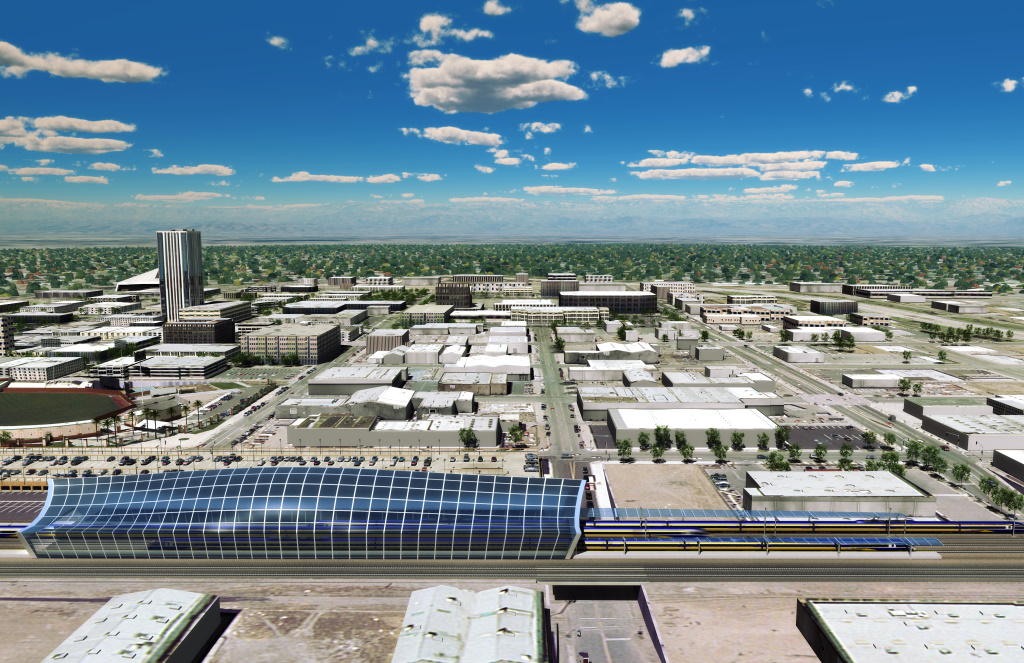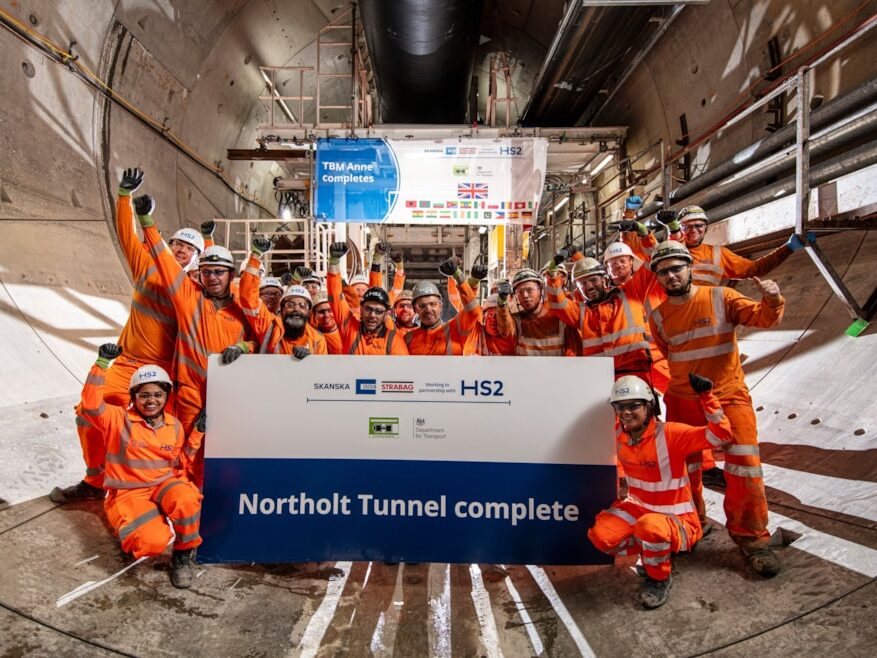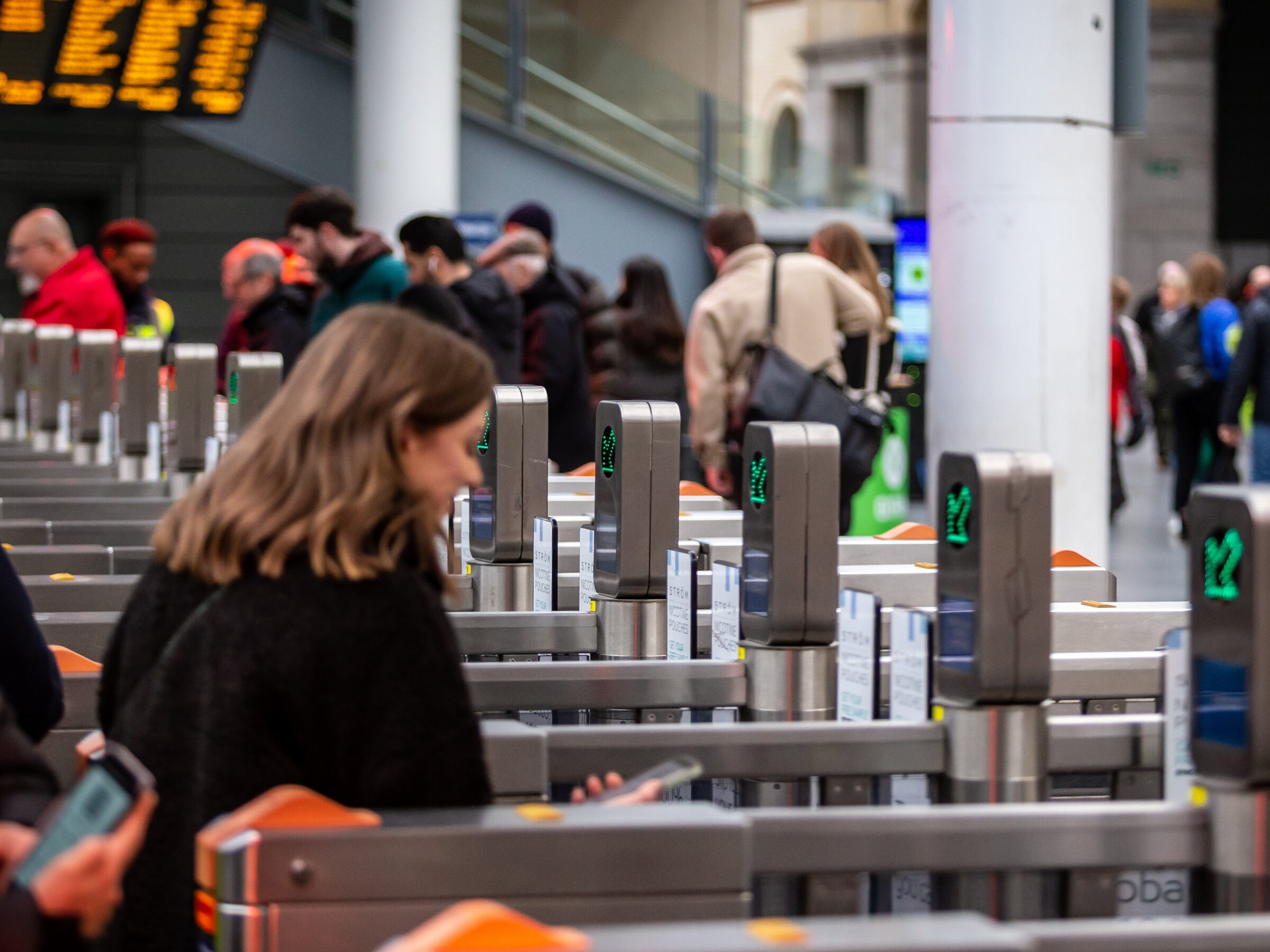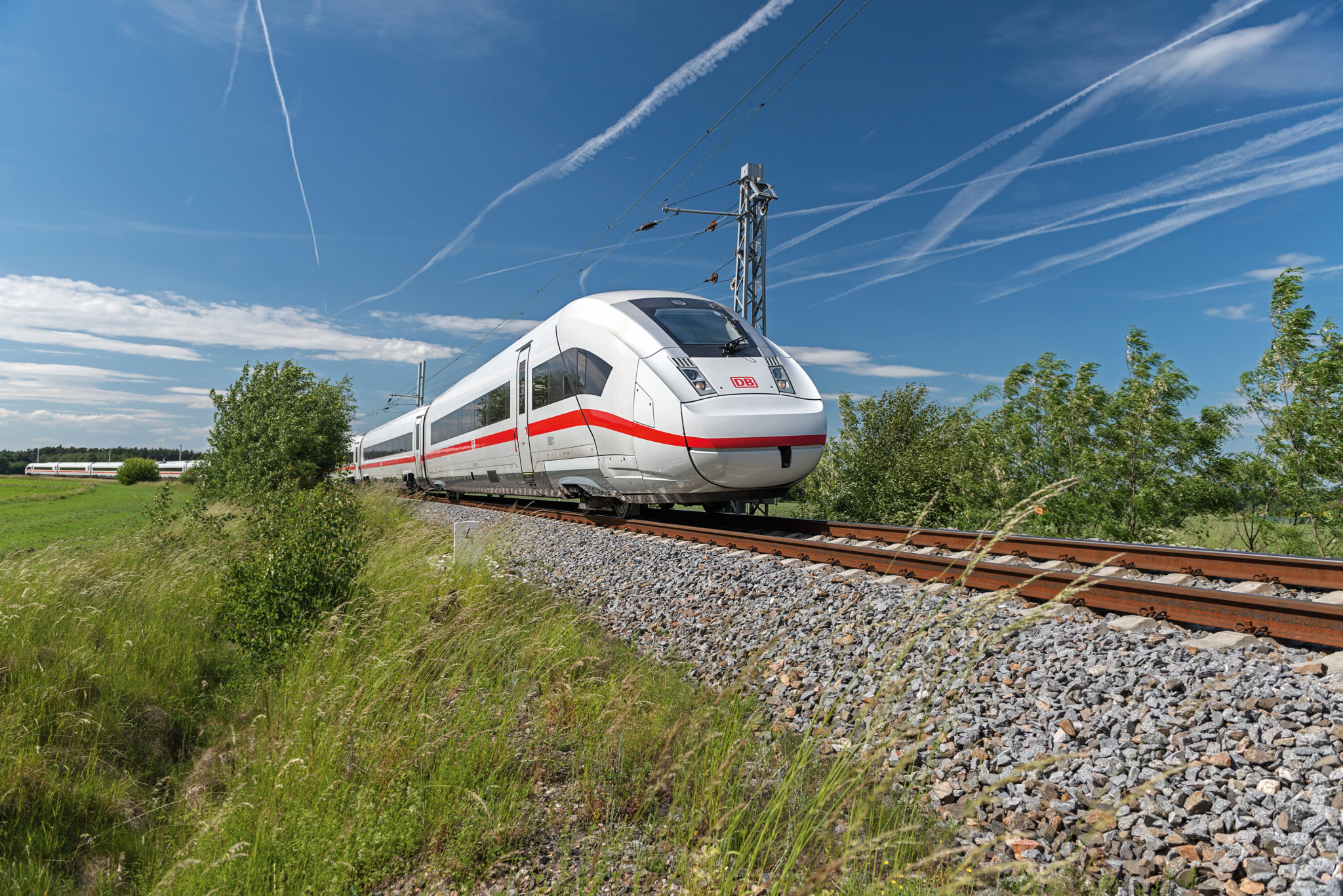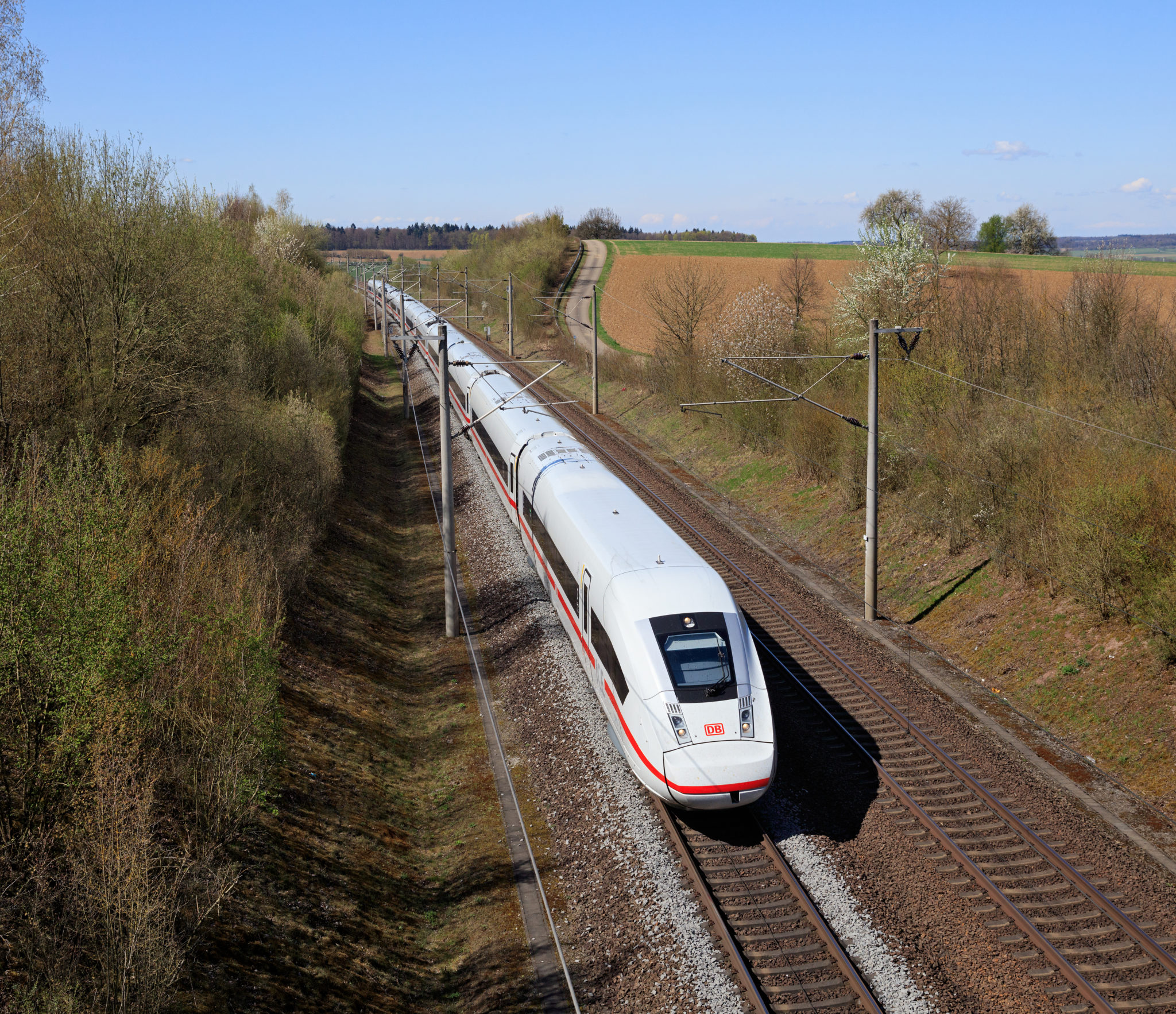The California High-Speed Rail Authority (CAHSR Authority) has announced that its Final Supplemental Environmental Impact Report for the critical Fresno-Bakersfield section of the project. This report is a detailed review of the section between Poplar Avenue (Shafter) and downtown Bakersfield.
The report assesses the ‘locally generated alternative’, which runs from Shafter in an eastbound direction towards State Route 99 on extant Class 1 Union Pacific tracks, before running southwards into Bakersfield. The report goes on to compare this option to the one previously evaluated in 2014, which runs largely at grade, with a four-mile elevated section through Shafter, following the BNSF corridor and State Route 43 through Shafter and State Route 58 into Bakersfield.
Some key comparisons between the locally generated alternative and the 2014 proposal:
- the alternative would grade-separate many existing at-grade crossings in Shafter, aiding traffic flow and safety
- the alternative would remove seven existing level crossing intersections with BNSF in Shafter
- both version predict a favourable impact on statewide emissions
- by elevating BNSF lines in Shafter, the noise impact from train operations and horns would be reduced
- the alternative route could result in building damage from construction vibration where fragile/historic buildings and residential buildings are situated 77 feet and 55 feet respectively from pile driving activities
- during construction the alternative route would require 1,201.2 total acre-feet of water, while the May 2014 option would require 1,333.1 total acre-feet of water
- the alternative route would have a lesser impact on special-status plant species, on terrestrial habitats that support special-status wildlife species, and a lesser impact on riparian areas but a greater impact on black willow thickets
- the May 2014 option would create 72 acres of new impervious surfaces while the alternative would create 82 acres of new impervious surfaces
- from a community perspective the alternative route would create less disruption than the May 2014 option because it runs along long-established transport corridors and would not bisect communities; the alternative route would also require 15 fewer businesses to relocate
- the aesthetic impact during construction would be the same for both projects but overall the alternative route would substantially reduce the number of adversely affected residential receptors
There will be a board meeting in Bakersfield on 16 October 2018 where the board of directors will admit public feedback on all items on the agenda. During this meeting they will also deliberate on whether to certify the Final Supplemental Environmental Impact Report and approve an alignment between Poplar Avenue and Bakersfield.
The Final Supplemental Environmental Impact Report is available here, with the May 2014 report available here.
The Draft Supplemental Environmental Impact Report/Statement was prepared jointly by the California High-Speed Rail Authority and the Federal Railroad Administration to comply with requirements set out in the California Environmental Quality Act and the National Environmental Policy Act.
The California High-Speed Rail Authority and the FRA explained the need for the high-speed rail line:
“The purpose of the statewide HSR System is to provide a reliable high-speed electrified train system that links the major metropolitan areas of the state, and that delivers predictable and consistent travel times. A further objective is to provide an interface with commercial airports, mass transit, and the highway network and relieve capacity constrains of the existing transportation system as increases in intercity travel demand in California occur, in a manner sensitive to and protective of California’s unique natural resources.”
The California high-speed rail project will, when completed, run 800 miles of track with trains capable of travelling at up to 220 miles per hour. The line will connect major urban areas such as Sacramento, Los Angeles, San Diego and the San Francisco Bay Area. The fully electrified system will also feature modern safety, signalling and automated train control systems. The California High-Speed Rail Authority estimates that once up and running the high-speed line would service more than 90 percent of California’s population with more than 200 trains during the week.

